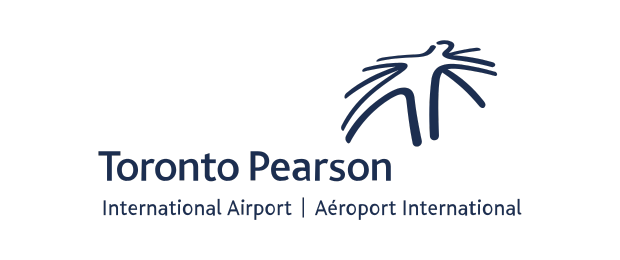+15
initiatives identified to improve operations.

Optimization of check-in and baggage operation:
Toronto Pearson Airport (YYZ)
50.5 mill. passengers (2019)
181 destinations
Client overview: Toronto Pearson Airport (YYZ)
Toronto Pearson Airport is located in Ontario, Canada. It is the largest and busiest airport in Canada, handling 36.3 million passengers in 2022. As of 2019, it was the 20th-busiest international air passenger gateway in North America and the 29th-busiest airport in the world by passenger traffic. Toronto Pearson is the primary hub for Air Canada.
Toronto Pearson is operated by the Greater Toronto Airports Authority (GTAA) as part of Transport Canada’s National Airports System. The airport also maintains facilities for United States border preclearance.
An extensive network of non-stop domestic flights is operated from Toronto Pearson by several airlines to all major and many secondary cities across all provinces and territories of Canada. Since 2014, over 75 airlines operated around 1,250 daily departures from the airport to more than 180 destinations across five continents.

Introduction to the collaboration with Toronto Pearson Airport
Copenhagen Optimization conducted an optimization study with Toronto Pearson Airport. The focus of the study was on check-in and outbound baggage.
The study was intended to assure efficient use of the current infrastructure before adding additional capacity.
The Solution: An optimization study on check-in and outbound baggage
Greater Toronto Airport Authority (GTAA) engaged with Copenhagen Optimization (CopOpt) to carry out a study of how to optimize the operation of the check-in and baggage outbound facilities in Terminal 3 at Toronto Pearson International Airport (YYZ).
As part of the project we worked with the airport to identify relevant data sources and concurrently generated relevant input parameters. To ascertain the accuracy of the analytical results several workshops with stakeholders were conducted.
The study concluded that significant reductions in demand for capacity at check-in and baggage could be realized by working smarter. The initiatives considered various options for optimization: improved planning, better use of infrastructure, new technology, and changes in the check-in and baggage outbound processes.
Outcome achieved
A roadmap for implementation
created in cooperation with the airport.
A potential reduction of
18%
in demand for check-in counters was documented.
A potential reduction of
14%
in demand for baggage make-up positions was documented.
Customer cases

Covid-19: How London Heathrow Airport used Better Airport to enable operational plans to allow for physical distancing.

Overcoming flow gridlocks and significant queuing: How Stockholm Airport improved the summer check-in experience.

Optimization of the check-in allocation process improves the passenger experience in Munich's Terminal 1.

Achieving significant results, including a 26% reduction in demand for check-in counters.
